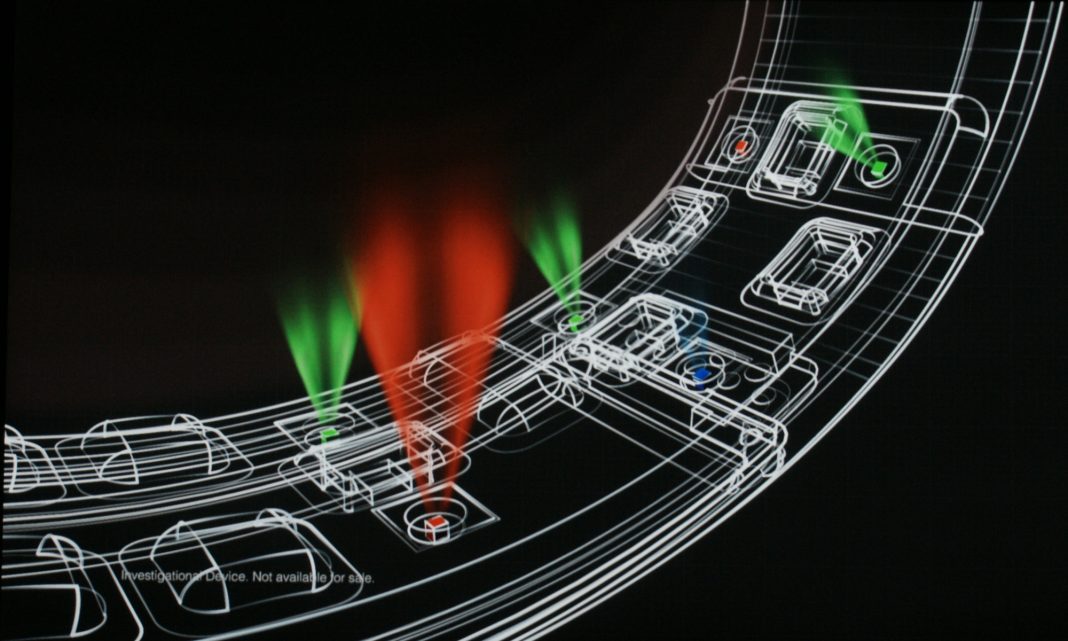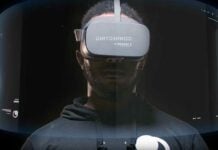Samsung Announced its Digital Health Initiative
Just a few days ago, Samsung announced its digital health initiative that consists of open-source reference designs for a wrist-worn sensor module and a big data platform. The sensor module, named SIMBAND, contains various optical and electrical sensors that measure heart-rate and heart-rate variability, blood pressure, respiration rate and blood oxygen levels. The first sensor module for the reference design was developed in partnership with imec; Samsung hopes that soon other companies will adopt its open source hard- and software platform. In order to interpret the high amount of data the new sensor modules monitors, Samsung introduced SAMI, a cloud-based solution able to collect all the data coming from the wearables based on the reference design. However, it might also be able to work with data from different types of sensors as well.
Metaio Brings Touch-Interfaces to Augmented Reality
Metaio recently demonstrated a new form of interaction with augmented reality devices such as smart glasses. Thermal touch uses a thermal camera, hooked up to a headsup display, to track the heat signature your finger leaves behind on the real-world objects you touch. Compared to the typical interactions with heads-up displays that rely on voice commands or trackpads, thermal touch could make the user experience much more natural and convenient. While the technology is still a few years away from being ready for the market, Metaio has already presented a demo at the Augmented World Expo, which recently took place in Santa Clara. The latest beta version of the Metaio SDK now also brings see-through augmented reality to devices such as the Epson Moverio BT-200, aiming for a seamless wearable AR experience.
Smart Glasses Know If You Are Getting Tired
A new type of smart glasses by Japanese startup Jins wants to bring health tracking to your face. Meme, Jins’ recently announced glasses, are equipped with electrooculography (EOG) sensors that measure the electrical current released by eye movements in order to monitor fatigue. With this approach, Jins wants to help people better understand their bodies’ needs and even prevent them from dangerous situations such as falling asleep while driving. In addition to the EOG sensors, the MEME also has a built-in 6 axis motion sensor that can track head movements. The Meme is set to be available in early 2015. A SDK will give developers the chance to take advantage of the sensor data.
Fashion Expert is New Chief at Google Glass
Google has appointed Ivy Ross as the new head of its Glass division. The fashion expert, who previously worked for Calvin Klein, Gap and, most recently, Art.com, described her mission on Google+ figuring out whether technology can be something „that frees us up and keeps us in the moment, rather than taking us out of it?“. Google Glass, which is currently available to citizens in the United States, is still in the exploration phase. Given her background, Ms. Ross should be the right person to make Glass more fashionable ahead of an expected mainstream launch.
Images: Samsung, Metaio, Jins
















